Habitats of Animals in the Namibia Desert
The Namibia Desert, also known as the Namib, is a vast and arid landscape that hosts a remarkable diversity of animal habitats. Despite its harsh conditions, various species have adapted to thrive in this extreme environment. From the resilient desert-dwelling mammals to the unique reptiles that camouflage perfectly with the sandy dunes, the habitats in the Namibia Desert support an extraordinary array of wildlife. These adaptations not only highlight the resilience of life but also make the Namib a fascinating place for studying survival in harsh climates.
Sand Dunes and Arid Plains
The Namibia Desert, characterized by its vast sand dunes and arid plains, hosts a unique array of animal habitats adapted to extreme dryness and temperature fluctuations. These habitats support specialized species that have evolved remarkable survival strategies to thrive in one of Africa’s most challenging environments.
- Sand Dunes: The towering sand dunes provide a dynamic habitat primarily inhabited by creatures such as the Namib Desert beetle, which collects moisture from fog, and the sidewinder snake, which moves efficiently across loose sand. Small mammals like gerbils and insects like scorpions also burrow to escape the intense heat.
- Arid Plains: The flat arid plains are home to resilient animals such as oryx, springbok, and desert-adapted lions. These plains offer sparse vegetation, enabling these animals to graze and hunt, often relying on water conservation adaptations like thick fur or water-storage abilities.
These habitats are interconnected, creating a vital ecosystem where each species plays a role in maintaining ecological balance despite the harsh conditions. Animal adaptations and behaviors are essential for their survival in Namibia’s desert environment.
Vegetated Oases and Waterholes
The Namibia Desert provides a unique range of habitats that support diverse animal life, including vegetated oases and waterholes which are vital for many species’ survival. These habitats are characterized by patches of lush, green vegetation amid the arid landscape, offering shelter and food sources for herbivores and other animals. Waterholes serve as essential watering points where animals gather, especially during dry periods, creating bustling hubs of activity. In these areas, animals such as elephants, giraffes, zebras, and various antelope species gather to drink and cool off, forming crucial parts of the desert’s ecological network. The presence of water and vegetation in oases and waterholes sustains predators like lions and cheetahs, which rely on these habitats for hunting opportunities. Overall, these habitats play a significant role in maintaining biodiversity within the Namibia Desert, providing sanctuary for a wide array of creatures in this challenging environment.
Rocky Outcrops and Shrublands
Animals in the Namibia desert have adapted remarkably to survive in harsh and diverse habitats such as desert sands, rocky outcrops, and shrublands. These environments offer unique challenges, including extreme temperatures, scarce water sources, and limited vegetation, which have shaped the behaviors and physical features of the region’s wildlife.
In the desert sands, creatures like the desert-adapted elephant, oryx, and various reptiles thrive by developing strategies to conserve water and stay cool. The desert elephant has elongated ears to dissipate heat, while the oryx can go long periods without water, obtaining moisture from the plants it consumes. Lizards and snakes, such as the horned viper, are well-camouflaged and utilize burrowing to escape the intense heat.
Rocky outcrops provide shelter and vantage points for animals like klipspringers, mountain bird species, and predators such as leopards. These rocky areas offer protection from the sun and predators, and serve as nesting sites. Many animals are skilled climbers, using the rugged terrain to hunt or evade threats.
In the shrublands, animals like springboks, gemsboks, and various insects inhabit dense vegetation that offers food and cover. These plants support herbivores that graze or browse, while small mammals and insects thrive in the leaf litter and beneath shrubs. Nocturnal animals, including certain foxes and rodents, take advantage of cooler nights to forage in this habitat, avoiding daytime heat.
Overall, the wildlife of Namibia’s desert, rocky outcrops, and shrublands exemplifies adaptation and resilience, allowing animals to survive and flourish in one of Africa’s most challenging environments.
Main Animal Species in Namibia Desert
The Namibia Desert is home to a diverse array of animal species uniquely adapted to survive the harsh desert environment. These resilient creatures have evolved remarkable traits to withstand extreme temperatures, limited water sources, and scarce vegetation. From nimble rodents to majestic predators, the animals of Namibia’s desert showcase nature’s adaptability and survival ingenuity in one of Africa’s most rugged landscapes.
Desert Elephants
The Namib Desert is home to a variety of unique animal species adapted to its harsh environment. Among the most remarkable are the desert elephants, also known as the Namib elephants, which have developed extraordinary survival strategies to thrive in this arid landscape. These elephants are distinguished by their smaller size compared to other African elephants, a modification that helps conserve water and energy in the extreme heat. They often travel long distances to find water sources and are known for their ability to dig for underground water, demonstrating their resilience and importance to the desert ecosystem. In addition to desert elephants, the Namib Desert hosts other species such as oryx, springbok, and desert-adapted lions, all of which have evolved remarkable adaptations to withstand high temperatures, scarce water, and limited vegetation. The diversity of animals in the Namib Desert highlights the incredible adaptability of life in one of the world’s oldest and most challenging ecosystems.
Oryx (Gemsbok)
The Namibia Desert is home to a variety of unique and resilient animal species adapted to survive its harsh conditions, with the oryx, also known as the gemsbok, being one of the most iconic. The oryx is a large antelope characterized by its striking black and white facial markings and long, pointed horns. These animals are well suited to the desert environment, possessing specialized adaptations such as the ability to go for long periods without water and to tolerate extreme temperatures. Oryx are primarily herbivorous, feeding on grasses, shrubs, and roots, and they play a crucial role in maintaining the ecological balance of the desert ecosystem. Their endurance and resilience make them a vital part of Namibia’s wildlife landscape, often seen roaming across the vast, arid plains of the desert. These animals are not only symbols of the desert’s biodiversity but also a testament to nature’s ability to adapt to extreme environments.
Springbok
The Namibia Desert is home to a variety of unique animal species adapted to its harsh environment. Among these, the springbok is one of the most iconic and well-known creatures. This medium-sized antelope is notable for its agility, speed, and ability to survive in arid conditions. Springboks have a distinctive white face with a dark lateral stripe running from the eyes to the mouth, and their sleek bodies help reduce water loss and manage extreme temperatures. They are highly agile and can leap great distances to escape predators, making them a vital part of the desert ecosystem. Alongside springboks, other main animal species include oryx, hyenas, desert-adapted elephants, and various reptiles, all of which have developed specialized adaptations to thrive in Namibia’s challenging desert landscape.
Black Rhinoceros
The Namibia Desert is home to a variety of unique and resilient animal species that have adapted to survive in the harsh arid environment. Among these, the black rhinoceros stands out as a noteworthy species due to its impressive size and conservation importance.
- Black Rhinoceros: The black rhinoceros is a critically endangered species known for its thick, armor-like skin and characteristic hooked lip, which helps it browse on bushes and trees. They are primarily found in protected areas within Namibia and play a crucial role in their ecosystem by helping to shape the landscape through their feeding habits.
- Meerkats: These small, social mammals are commonly seen in groups, standing on their hind legs while watching for predators. They are highly adapted to the desert environment with their keen senses and burrowing behavior.
- Oryx Antelope: Also called gemsbok, this antelope is well adapted to the desert’s extreme temperatures and scarcity of water. Its striking black and white markings and impressive horns make it a distinctive species in the desert landscape.
- Springbok: Known for their agility and speed, springboks are a common sight in Namibia’s desert plains. They are herbivores that migrate across the arid regions in search of water and food.
- Desert Crocodile: While more commonly associated with water, these crocodiles have adapted to desert waterholes, surviving in some of the more arid regions of Namibia.
Adaptations for Survival in the Desert
Animals in the Namibia desert have developed remarkable adaptations to survive in the harsh and arid environment. These adaptations enable them to find water, conserve energy, and stay cool under the intense sun. By evolving unique physical features and behaviors, desert animals endure the extreme conditions and thrive in this challenging landscape.
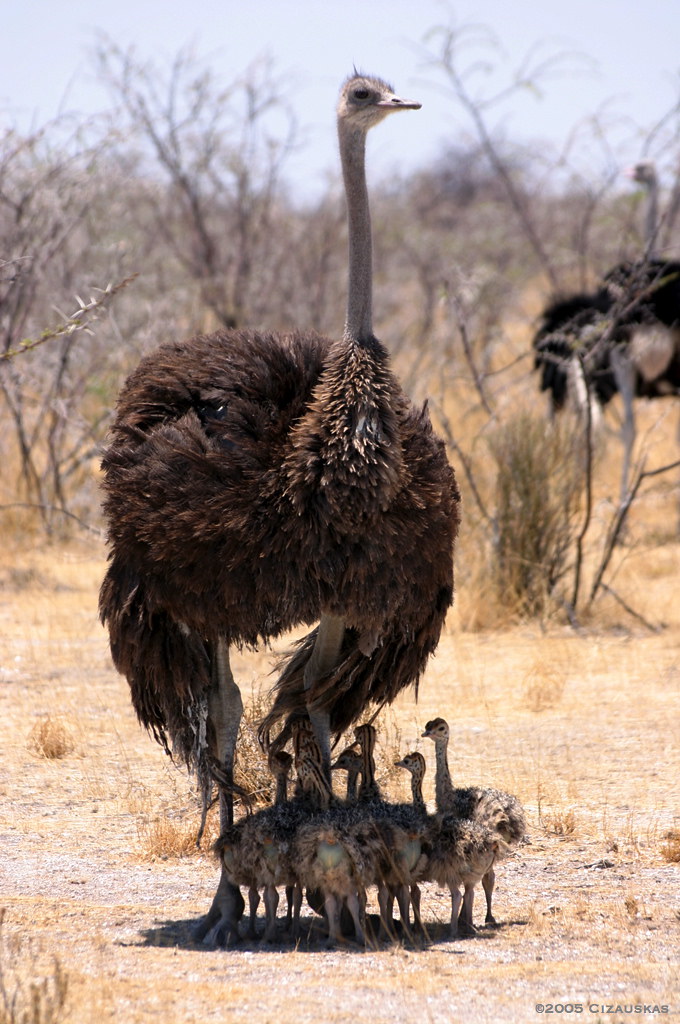
Water Conservation Techniques
Animals in the Namibia desert have developed remarkable adaptations to survive extreme heat, scarce water, and limited food sources. Many animals, such as the desert-adapted elephants, have evolved to travel long distances to find water and browse on drought-resistant plants. Fennec foxes have large ears that dissipate heat and allow them to hear prey beneath the sand, aiding their survival in harsh conditions. Additionally, some animals are nocturnal, active during cooler nights to avoid daytime temperatures. These adaptations are crucial for thriving in an environment with limited water resources.
Water conservation techniques are vital for desert animals to maintain hydration. Many have unique physiological traits, like highly efficient kidneys that concentrate urine to minimize water loss. Some animals, such as the oryx, can extract moisture from the plants they consume, reducing the need for direct water intake. Others, like the desert lizard, store water in their bodies or feed on dew collected from plants during the cooler early mornings. These strategies enable animals to survive and function in one of the world’s most arid environments, ensuring their resilience amidst challenging conditions.
Camouflage and Protective Coloring
Animals in the Namibia desert have developed remarkable adaptations for survival in the harsh, arid environment. These adaptations include specialized behaviors and physical features that help them conserve water, stay cool, and find food in extreme conditions. Camouflage and protective coloring are essential strategies used by many desert animals to avoid predators and blend seamlessly into their surroundings. For example, the Namaqua chameleon can change its skin color to match the desert landscape, providing effective disguise against predators. Similarly, the desert-adapted foxes and insects often exhibit sandy or mottled coloring that helps them remain hidden in the dunes and sparse vegetation. These protective features are crucial for their survival, enabling them to thrive in one of Earth’s most extreme environments. Overall, camouflage and coloring serve as vital tools for predator avoidance and environmental adaptation, ensuring the resilience of Namibia’s desert wildlife.
Behavioral Adaptations During Hot Weather
Animals in the Namibia desert have developed a variety of behavioral adaptations to survive the extreme heat and scarce water resources during hot weather. These adaptations help them conserve energy, stay cool, and find food and water in a challenging environment.
- Many animals are active during the cooler nighttime hours (nocturnal behavior), reducing their exposure to the intense daytime heat.
- Some species, like the oryx, regulate their body temperature by allowing it to rise during the day and cool down at night, minimizing water loss through sweating or panting.
- Animals such as the desert-adapted elephants dig for underground water sources or raid existing waterholes to hydrate themselves.
- Many desert species hide in shade or burrow underground during the hottest parts of the day to escape the scorching sun.
- Behavioral changes, like reduced movement and feeding, help conserve energy and water during peak heat periods.
These behavioral adaptations are crucial for survival, allowing animals to endure the harsh desert environment of Namibia while maintaining their health and conserving vital resources.
Roles of Animals in the Ecosystem
Animals in the Namibia desert play a vital role in maintaining the health and balance of this fragile ecosystem. These species have adapted uniquely to survive in extreme conditions, contributing to ecological stability, nutrient cycling, and biodiversity. Understanding their roles helps in appreciating the interconnectedness of life in one of the world’s most arid environments.
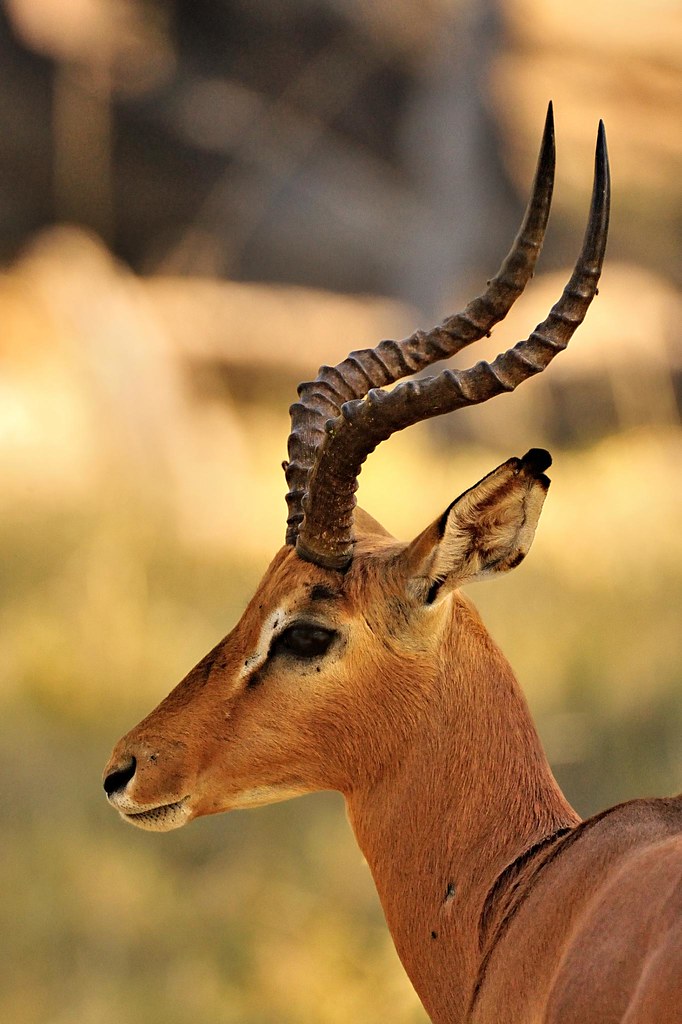
Pollination and Seed Dispersal
Animals in the Namibia desert play a vital role in maintaining the balance of the ecosystem, particularly through processes such as pollination and seed dispersal. Many desert-dwelling creatures, including insects, birds, and small mammals, contribute to pollinating plants, ensuring the reproduction of desert flora. Bees, for example, are crucial pollinators for various flowers, helping plants produce fruits and seeds necessary for their survival. Additionally, animals like rodents and birds assist in seed dispersal by carrying seeds away from parent plants, facilitating plant growth in new areas. This relationship benefits the entire desert ecosystem, promoting biodiversity and resilience in the harsh Namibia environment. Such interactions highlight the importance of animals in sustaining the unique desert landscape and its plant communities.
Predator-Prey Relationships
Animals in the Namibia desert play crucial roles in maintaining the balance of the ecosystem, with predator-prey relationships being central to this dynamic. Predators such as desert lions, cheetahs, and snakes help regulate populations of herbivores like antelopes, rodents, and insects, preventing overgrazing and ensuring the health of vegetation. Prey animals, in turn, have adaptations that allow them to escape predators, such as swift running, camouflage, and nocturnal behaviors, which influence predator hunting strategies. These interactions foster biodiversity and ecosystem stability, as the constant balance between predator and prey shapes community structure. In the harsh desert environment, these relationships are vital for the survival of species and the overall resilience of the Namibia desert ecosystem.
Maintaining Vegetation Balance
Animals in the Namibia desert play a crucial role in maintaining the balance of vegetation within this arid ecosystem. Many desert species, such as oryx, springbok, and desert-adapted rodents, help control plant growth through their grazing habits, preventing overgrowth and promoting healthy vegetation cycles. Additionally, predators like jackals and birds of prey regulate prey populations, ensuring that certain plant-consuming animals do not become overabundant, which could otherwise lead to excessive vegetation damage. Some animals, such as elephants and certain burrowing species, influence seed dispersal and soil aeration, facilitating plant regeneration and nutrient cycling. Overall, these animals contribute to a delicate equilibrium that sustains the biodiversity and productivity of Namibia’s desert environment.
Conservation Status and Challenges
Conservation status and challenges highlight the ongoing efforts to protect and preserve animal species, especially in fragile ecosystems like the Namibia desert. This arid region hosts unique wildlife that faces threats from climate change, habitat loss, and human activities. Understanding the conservation status of these animals is crucial for implementing effective strategies to ensure their survival amidst increasing challenges.
Threats from Poaching and Habitat Loss
The animals native to the Namibia desert are facing significant conservation challenges due to various threats. Their survival depends on the delicate balance of the desert ecosystem, which is increasingly disturbed by human activities and environmental changes. Many species are listed as vulnerable or endangered because of these ongoing pressures.
Poaching poses a serious threat to desert animals, especially species such as rhinos and elephants, which are targeted for their ivory and other valuable body parts. Despite conservation efforts, illegal hunting continues to diminish populations and destabilize local ecosystems. Additionally, habitat loss due to land development, mining, and agriculture reduces the available living space for these animals, forcing them into smaller, fragmented areas that hinder their ability to thrive and reproduce.
Climate change further exacerbates the situation by causing unpredictable weather patterns, droughts, and water scarcity, making survival even more difficult for desert fauna. Protecting these animals requires concerted efforts in anti-poaching measures, habitat preservation, and sustainable land use policies to ensure that Namibia’s unique desert wildlife can endure for future generations.
Protected Areas and Reserves
The animals living in the Namibia desert face numerous conservation challenges due to habitat loss, climate change, and human activities such as mining and tourism. Many species are endangered or vulnerable, requiring ongoing efforts to ensure their survival. Protected areas and reserves play a crucial role in conserving these desert-adapted animals, providing safe habitats where they can thrive without the threat of illegal poaching or habitat destruction. Namibia has established several conservation zones, including Etosha National Park and the Namib Desert Reserve, which are vital for safeguarding endemic species like the desert-adapted elephants, oryx, and springbok. These protected regions not only help preserve biodiversity but also promote eco-tourism and local community involvement in conservation efforts. Continued support and sustainable management are essential to address the ongoing challenges and secure a future for Namibia’s unique desert wildlife.
Conservation Efforts and Community Involvement
The animals inhabiting the Namibia desert face numerous challenges that threaten their survival, including habitat loss, climate change, and human-wildlife conflicts. Many species are adapted to extreme conditions, but increasing desertification and human activities continue to diminish their natural habitats, making conservation efforts essential for their preservation.
Conservation status of desert animals in Namibia varies, with some species classified as vulnerable or endangered due to declining populations. For instance, certain desert-adapted elephants and black rhinos are under threat from poaching and habitat encroachment, highlighting the need for targeted protection measures.
Efforts to conserve Namibia’s desert wildlife include establishing protected areas, anti-poaching initiatives, and habitat restoration projects. National parks and conservancies serve as refuges where animals can thrive without significant human interference. Additionally, scientific research helps monitor populations and inform management strategies to ensure long-term survival.
Community involvement plays a vital role in conservation success. Local communities are engaged through education, sustainable tourism, and benefit-sharing schemes that incentivize conservation practices. By empowering residents and fostering a sense of stewardship, Namibia promotes coexistence between people and wildlife, ensuring the preservation of its unique desert biodiversity for future generations.

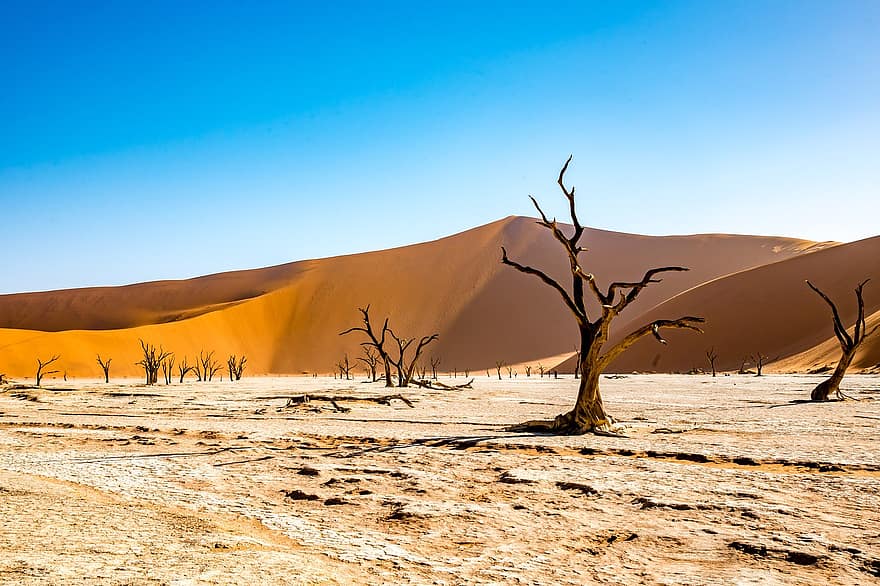

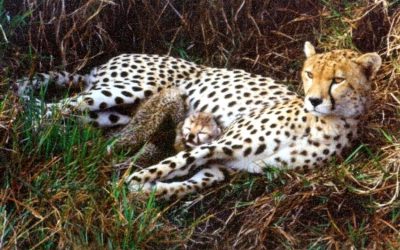
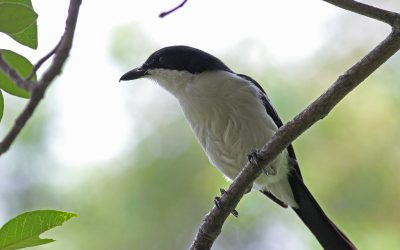
0 Comments